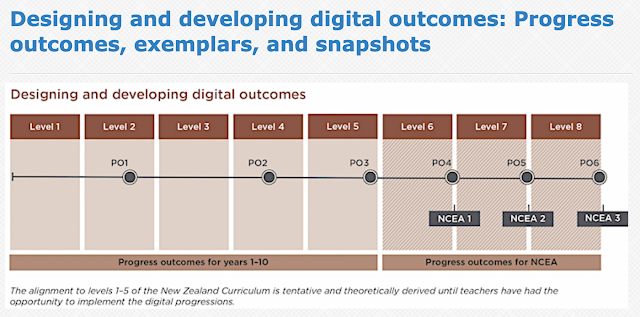One of the Technology Department Goals for 2020 was based on Literacy, in alignment with the School Goal 2 for Literacy and Numeracy.
The Technology Department Literacy Goal for 2020 is:
To develop ‘Explanation Writing’ classroom display resources for each specialist technology subject, based on SOLO taxonomy
I have been developing a slide deck of Academic Writing that relates to Game Development. The academic writing exemplar follows SOLO taxonomy, and I intend using this as an exemplar with my students, to support them to gain Merit and Excellence. I am seeking feedback and support from Marc Milford, after which, I will further develop the exemplar to follow the Explanation Writing model demonstrated in the poster.
This will enable a Visual Representation to be used on my classroom wall, Working Exemplars that the students can follow, and hopefully the consistency of the design, both within my own practice, and also across the department, will reinforce the key literacy features that we are wanting our learners to apply in their own work.



























